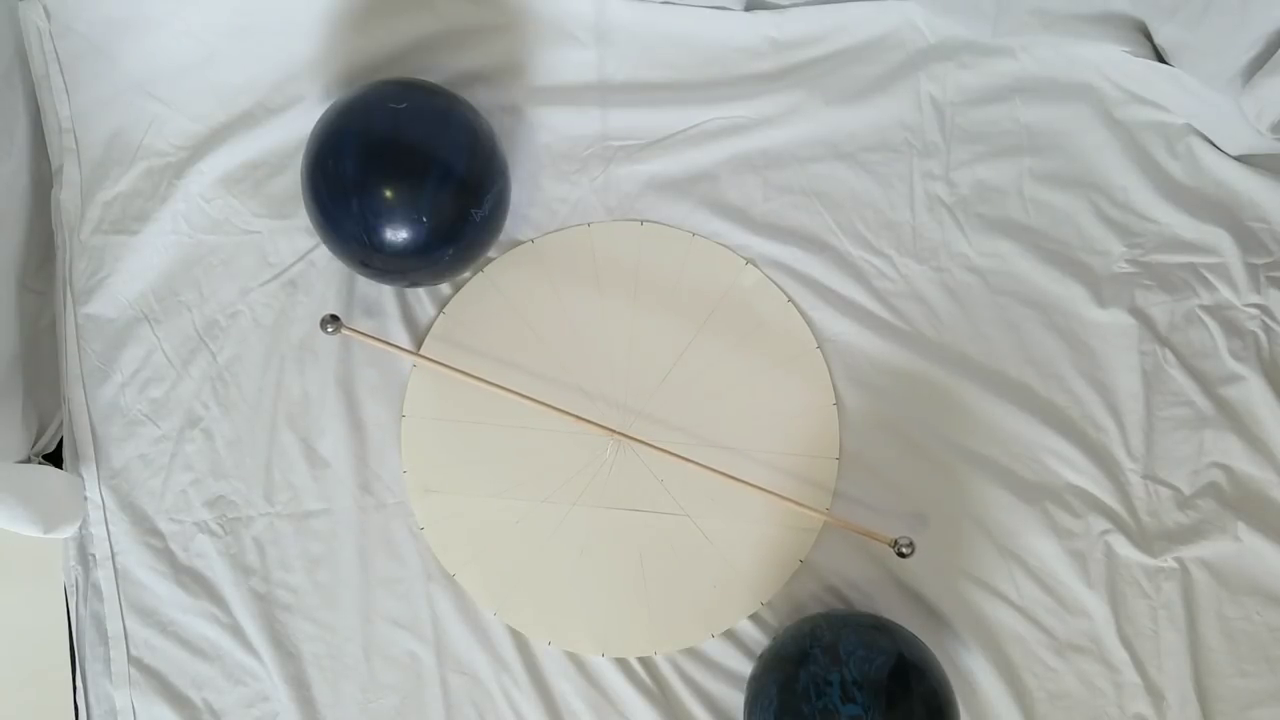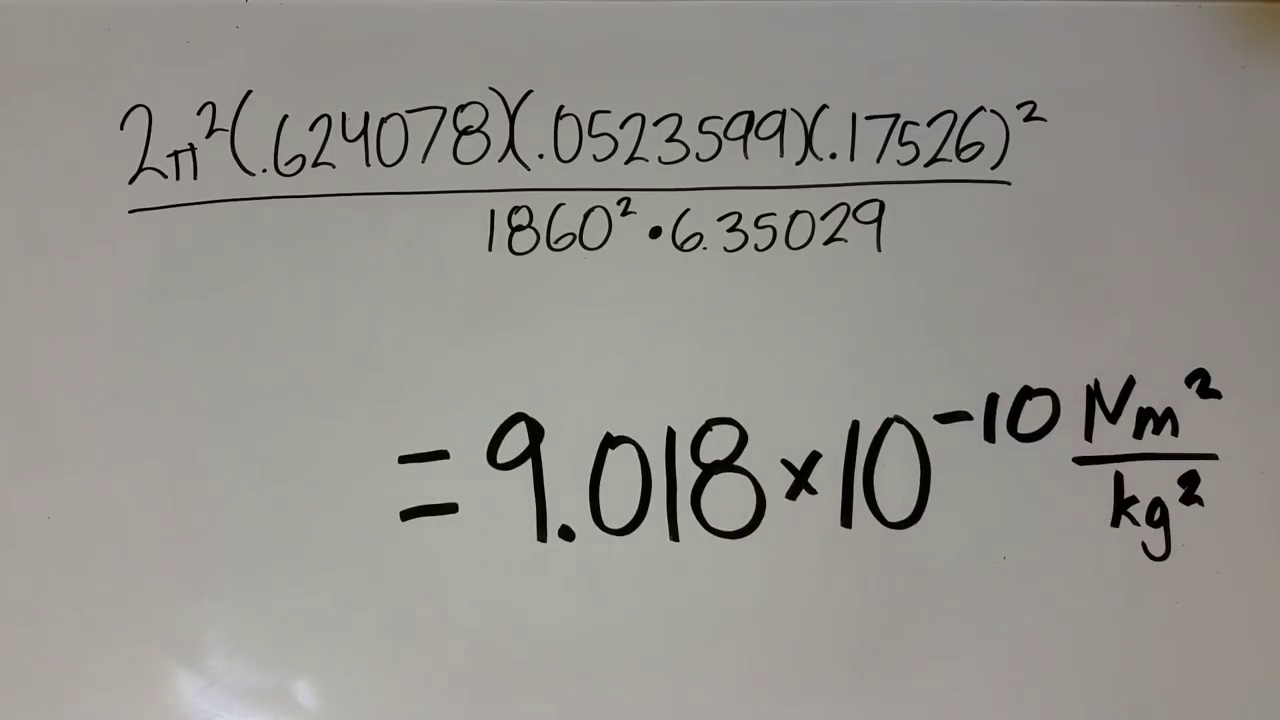Antithesis
New Member
With some care, one can find the universal gravitational constant (G) within an order of magnitude using a homemade Cavendish experiment. There are a number of videos of such experiments out there.Besides that, it is admittedly quite difficult to satisfactorily demonstrate gravitational attraction outside of a relatively advanced and well-equipped laboratory, just because the forces involved on a human scale are so small, which in turn makes it easy for FEs to just call it fake and move on.


Source: https://www.youtube.com/watch?v=jkjqrlYOW_0
The actual value being about 6.674 × 10⁻¹¹ Nm²/kg².
There is something charming about using rudimentary equipment to get reasonably close to such a small number. And likewise for a very large number -- Avogadro's number (≈ 6.022 × 10²³) can be found within an order of magnitude by placing a drop of oil on water and measuring the diameter of the oil patch.
Last edited:



